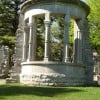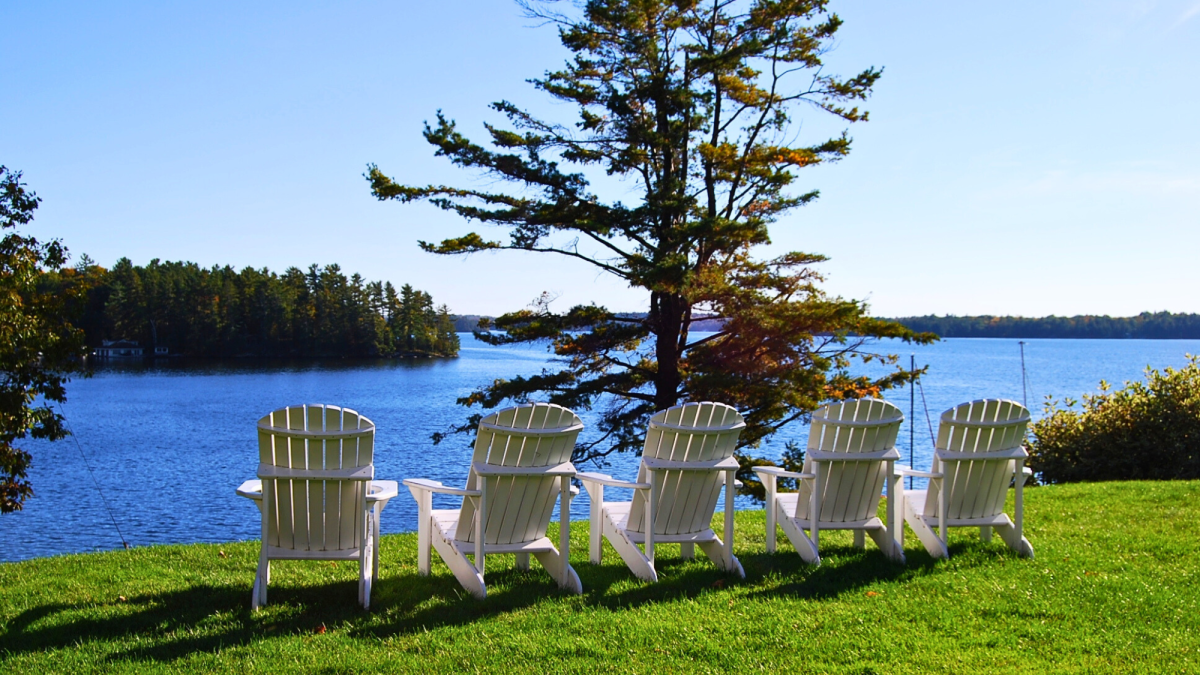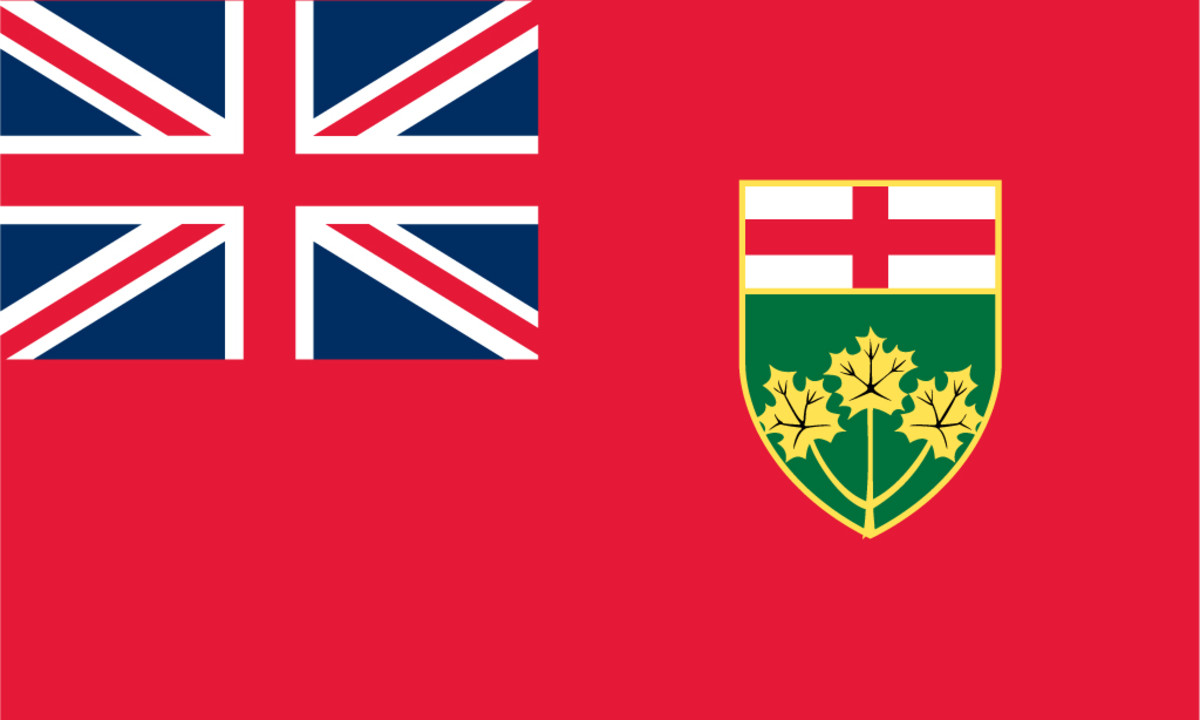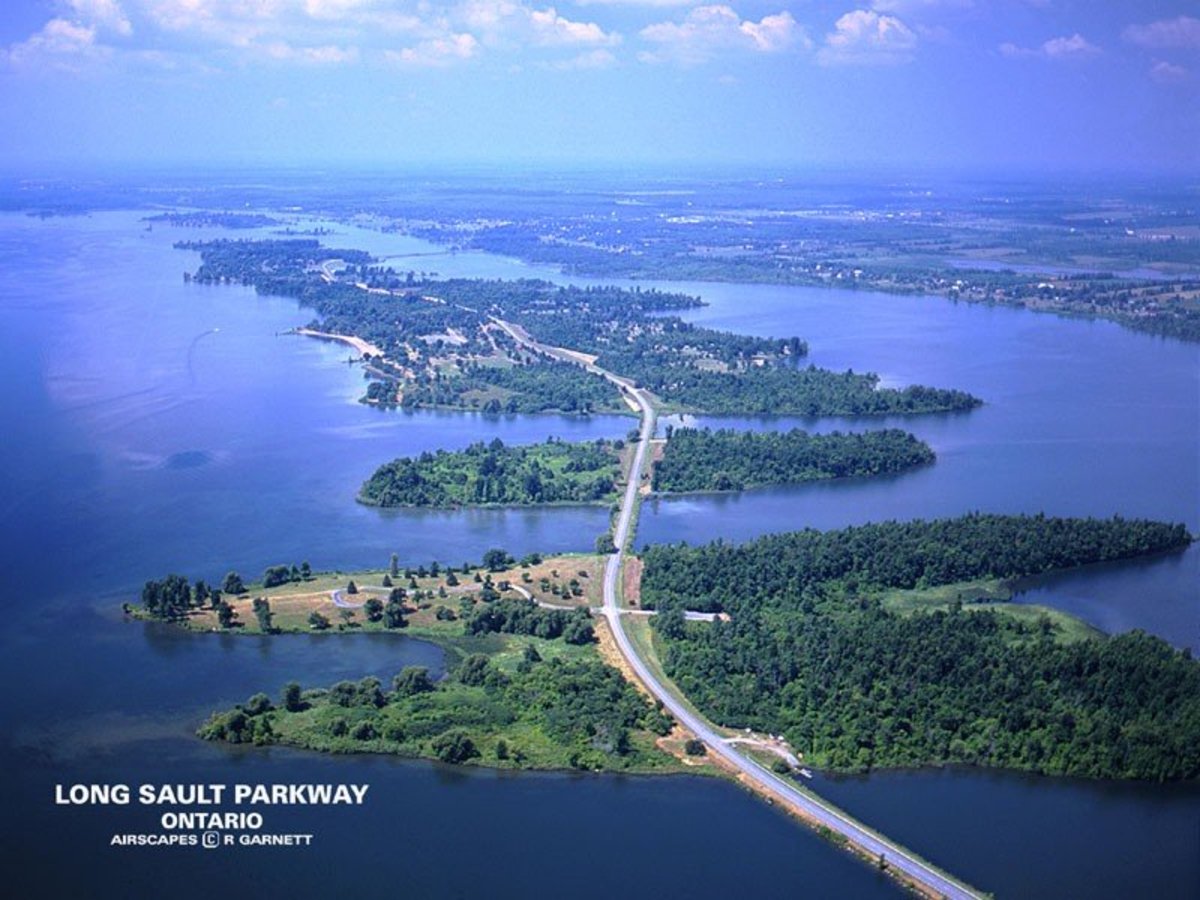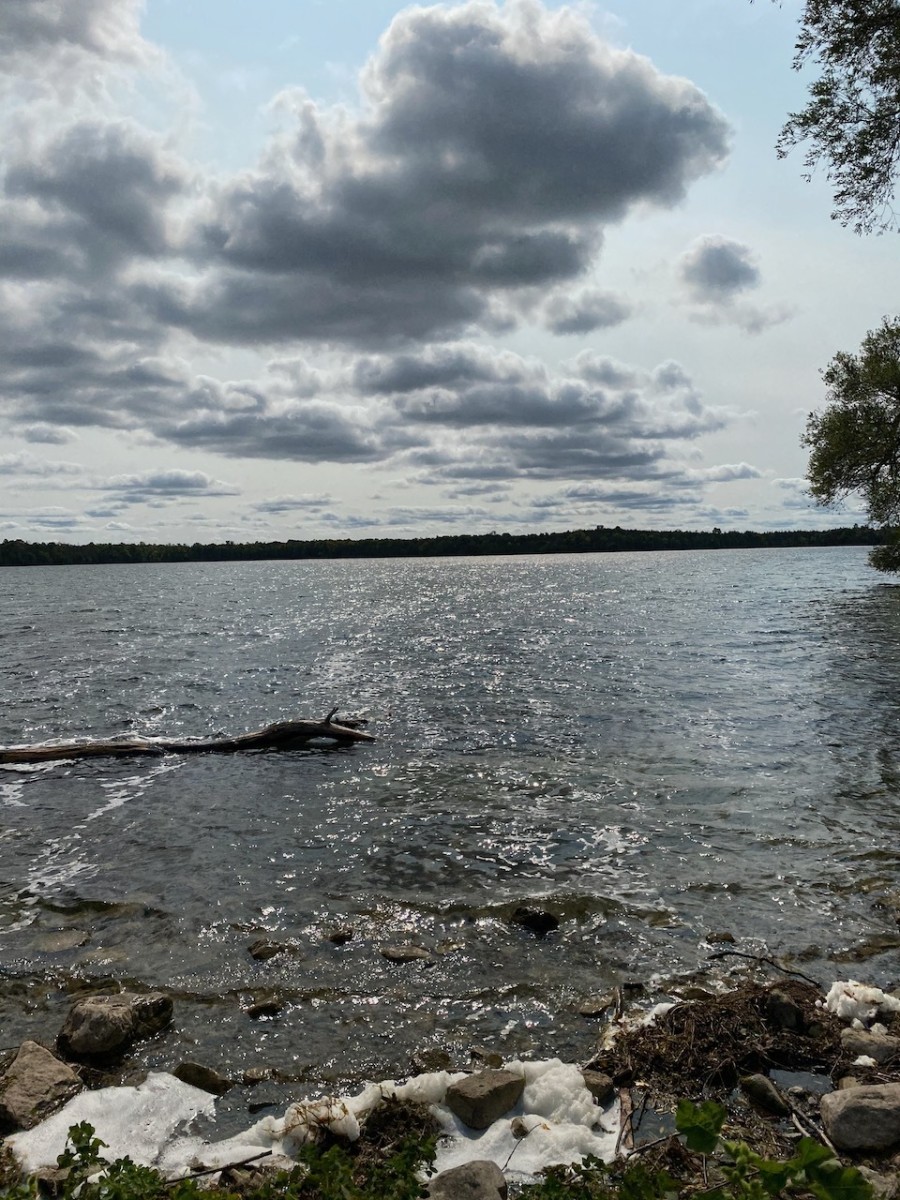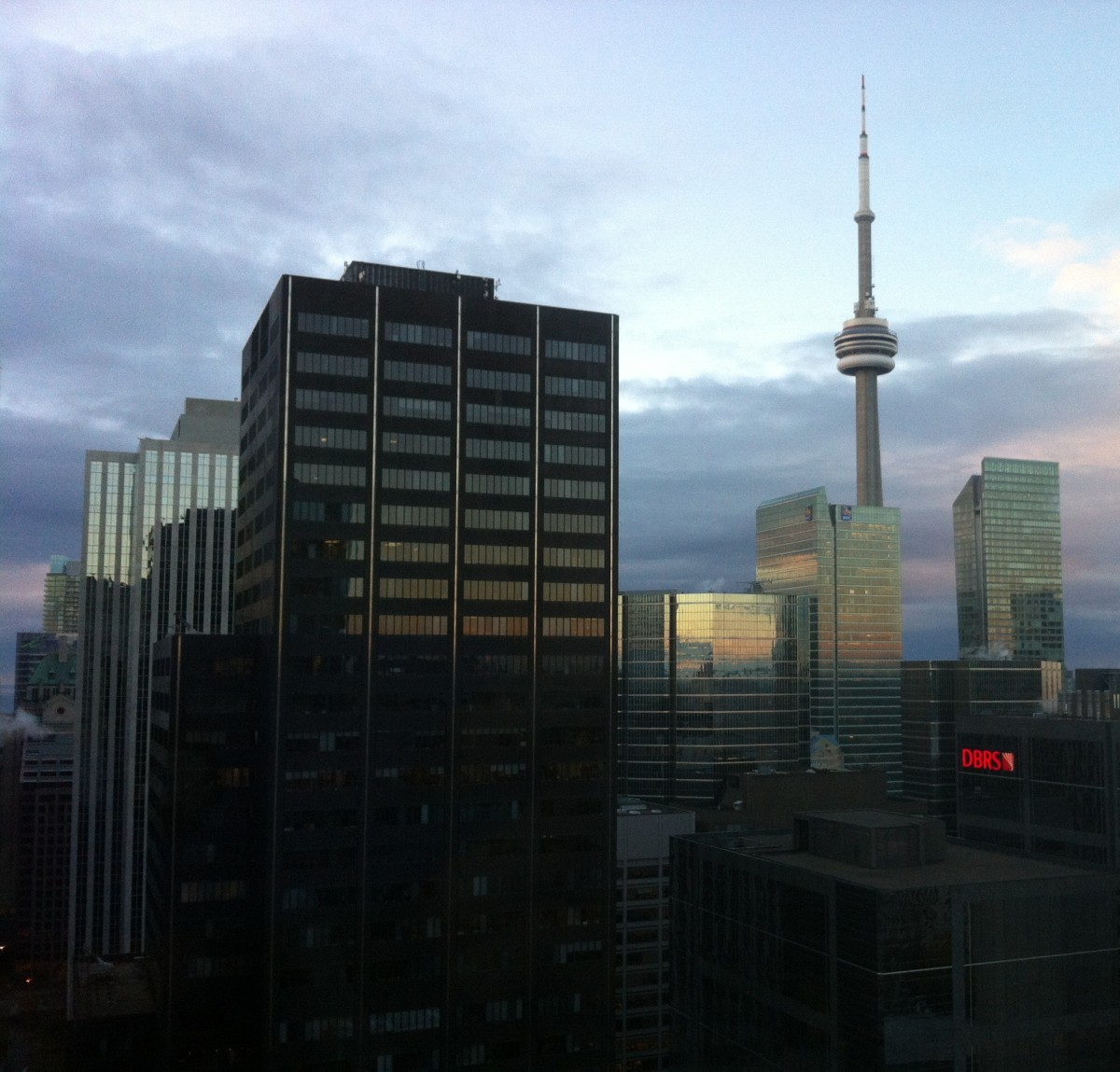Visiting Parkwood, at Oshawa, Ontario: memories of a Canadian automobile tycoon
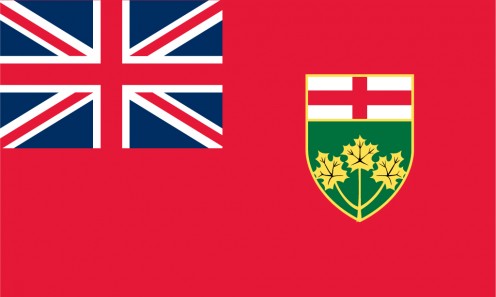
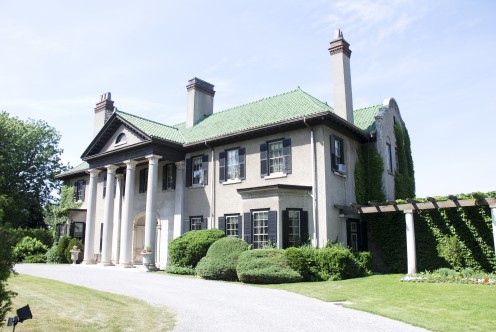
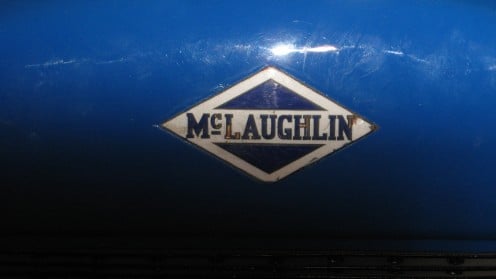
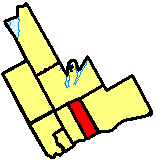
The Durham Region's large mansion for a larger-than-life automobile manufacturer
It would be a misconception to assume that Colonel R. S. ('Sam') McLaughlin was an isolated figure in Oshawa's burgeoning automobile industry. In fact, Sam McLaughlin and his brother George followed their father, Robert McLaughlin, into the McLaughlin Carriage Company business, founded in 1867, the year of Confederation. By 1892, Sam as well as George were partners with their father in the company (1). In 1908, Sam McLaughlin was President of the McLaughlin Motor Car Company, which had just been founded. Best-selling Buicks and Chevrolets were products which served the company very well. (The Canadian Automotive Museum — also in Oshawa — can help car buffs to trace the history of this industry.) But when General Motors Canada bought out the McLaughlin Motor Car Company in 1918, it was indeed Sam McLaughlin who served as the President of GM Canada.
But before Colonel Sam McLaughlin's Presidency of GM Canada, another historic event occurred. In 1917, Parkwood was completed. This mansion is a grand, 55 room property, with landscaped gardens, which is now open
year round to the public. Indeed, the property is designated in Canada a National Historic Site. Interestingly, Mr. McLaughlin had doubts whether in time of war, he should proceed with the building of a residence on such a scale, but when Oshawa's municipal officials learned of these doubts, they sought to allay them, mindful that the scale of work involved on such a project would have the salutary effect of creating considerable work opportunities in the local area.
Parkwood's distinct, pillared portico thus soon became a local landmark. I must confess that I spent much more time indoors at Parkwood than in the extensive gardens of the Estate. But of all the compelling features of both the interior and exterior of this fine property, together with the portico, it is probably the library which struck me the most. In addition to various, uniformly bound series of volumes, I noticed historical works which give evidence of the Colonel's wide reading. A portrait of Admiral Sir George Pocock, painted by Sir Joshua Reynolds, hangs above the library's fireplace. The library's careful woodworking is enhanced by the McLaughlin coat of arms.
The memory of Colonel Sam McLaughlin and Parkwood are intertwined. It was William Folger Nickel (1869-1957) who killed off any possibility that Colonel Sam McLaughlin would receive a title, as might have previously been the case otherwise for someone of the Colonel's prominence and achievements. (Ironically, Nickel's 1919 Federal Parliamentary Resolution for the Sovereign not to confer titles on Canadians, followed his own failed attempt to obtain a knighthood for a relative.) Under the British Imperial system, the question of how to persuade people doing jobs of public importance to excel at these jobs was usually answered by keeping alive awareness of the possibility of a title. (2) This system was undoubtedly abused, but there is a sense in any case that Colonel Sam McLaughlin needed no such incentive. Furthermore, Parkwood stands as a permanent monument to the Colonel's achievements.
In recent years, Canada Post circulated a 52c stamp depicting Colonel McLaughlin and one of his early automobiles.
Notes
(1) Another brother, J J McLaughlin, founded Canada Dry; Colonel Sam McLaughlin himself also became President of Canada Dry. A cousin, Earle McLaughlin, was President of the Royal Bank of Canada, and joined the board of GM Canada when Colonel Sam McLaughlin stepped down from it in the 1960s.
(2) This Resolution proved not to be binding in law. Fast forward some decades, and Canada's outgoing Prime Minister Richard Bennett was indeed, after all, conferred, not a knighthood, but a Peerage. One wonders what would have happened if Bennett's Conservatives had been in Federal office longer than long-serving William Lyon Mackenzie King's Liberals. In the end, Colonel McLaughlin did accept a Companionship of the Order of Canada, conferred on him in 1967, a few years before his death in 1972 at the age of 100.
Also worth visiting
McKay House, Ajax (distance: 17.2 kilometres); this structure, dating from 1854, is the only 2 story fieldstone house still in existence in Ajax. It is sometimes known also as Charnacy, named for the original owner's Scottish birthplace.
Post Hill House , Ajax (distance: 18.1 kilometres), dating from 1855, this building, recently restored, evidences the Rural Gothic Revival architectural style.
Pickering Museum Village , Greenwood (distance: approx. 23.2 kilometres), situated on the banks of Duffins Creek , contains various of interesting, heritage buildings, including a Temperance Hotel, a General Store, a number of barns, a blacksmith's and
woodworking shop, Redman House, a Bible Christian Chapel, and a Gift Shop.
...
How to get there: Air Canada, flies to Toronto Pearson Airport, with wide North American and other connections, from where car rental is available. (Distance from Toronto Pearson Airport to Oshawa: 70.6 kilometres). GO Train operates a service between Union Station, Toronto and Oshawa. Highway 401 gives easy road access to Oshawa. Please check with the airline or your travel agent for up to date information.
MJFenn is an independent travel writer based in Ontario, Canada.
Other of my hubpages may also be of interest
- Visiting Ontario's Ajax: Rural Gothic Revival architecture, at Post Hill House
This rather pleasing house at 132 Kingston Road West is the sole surviving example in Ontario's Town of Ajax of Rural Gothic Revival. 19th century background 'Rural' it certainly was in what is now... - Visiting the Arctic Watershed near Northern Ontario's Kenogami Lake: historical boundary of Rupert's
In the course of my travels, I have on a number of occasions passed a boundary in Canada, which lies to the north of Kenogami Lake, ON, in the Timiskaming District. The boundary in question is known as the... - Visiting Muskoka, Ontario: Gravenhurst's marine and aviation heritage
Gravenhurst, Ontario, situated on Lake Muskoka, in the region also named for the Lake, is well known for its association with the steamer RMS Segwun. Its sister vessel the Wenonah II is also berthed at... - Visiting Dearborn, Michigan: dynamic city with memories of Henry Ford
Dearborn is named for US Secretary of State Henry Dearborn (served 1801-1809 in the Jefferson Administration). This area of the Midwest was first settled by Europeans in 1786. Located in the Detroit... - Visiting New York's tranquil Lake of the Isles: Wellesley Island's interior lake at Dewolf Point Sta
This is the brief story of a surprise. The vicinity of Jefferson County, New York's Lake of the Isles is one that the traveller might go through, rather than to, because of its close proximity to the...
